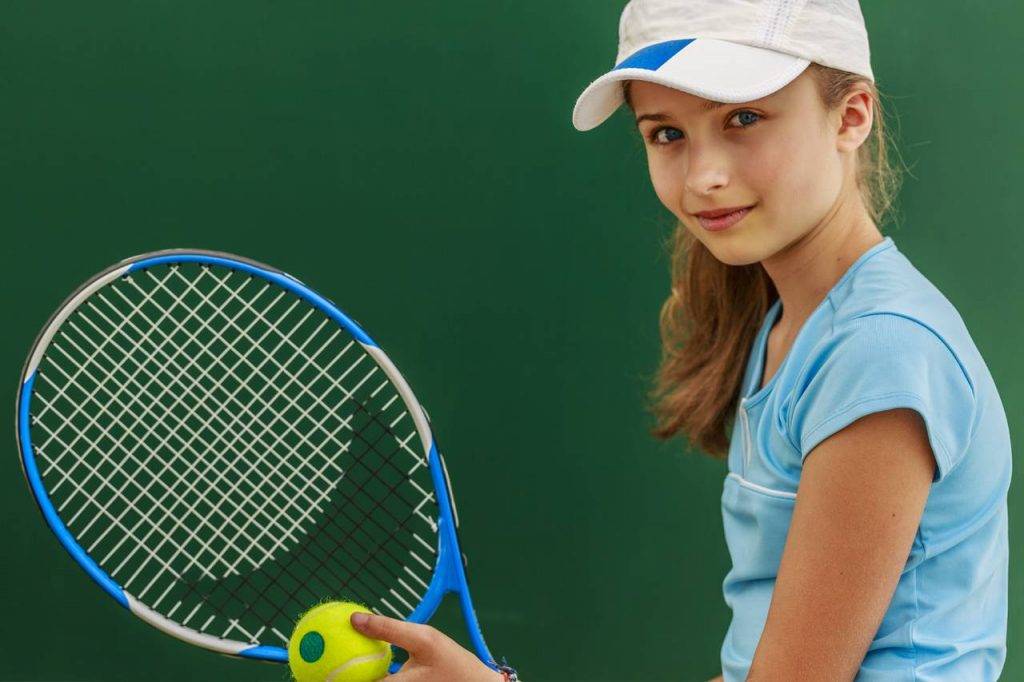Since my worst problem is keeping my head still during the stroke (brought on by popping my head up to look at the students while feeding drill classes up to 3000 times a day), I've tried many ways of forcing myself to keep my head still. One of the best is this double-hit drill. [I made it up myself, but I assume others have done it in the past - though I've never seen it elsewhere.] You must keep the head still after you initially hit it in order to get the second hit on the ball.
Using Jimmy Connors wood racket for additional difficulty and to know when I am even a tiny bit off-center.
The really difficult part is to initially hit on the forehand and have the second hit on the backhand (and vice versa). Excellent drill for forcing you to really control the ball with touch and direction and overcome the tendency to move the head too quickly to look on the other side of the body.
Warm-up, some double hits, - skip from 2:10 to 5:35 (the wind does get better a bit after that) - some volleys, and some attempts at doing it the hard way. Oh, and trying to squarely hit the ball with a vertical swing at the very end.
Using Jimmy Connors wood racket for additional difficulty and to know when I am even a tiny bit off-center.
The really difficult part is to initially hit on the forehand and have the second hit on the backhand (and vice versa). Excellent drill for forcing you to really control the ball with touch and direction and overcome the tendency to move the head too quickly to look on the other side of the body.
Warm-up, some double hits, - skip from 2:10 to 5:35 (the wind does get better a bit after that) - some volleys, and some attempts at doing it the hard way. Oh, and trying to squarely hit the ball with a vertical swing at the very end.
Last edited:



